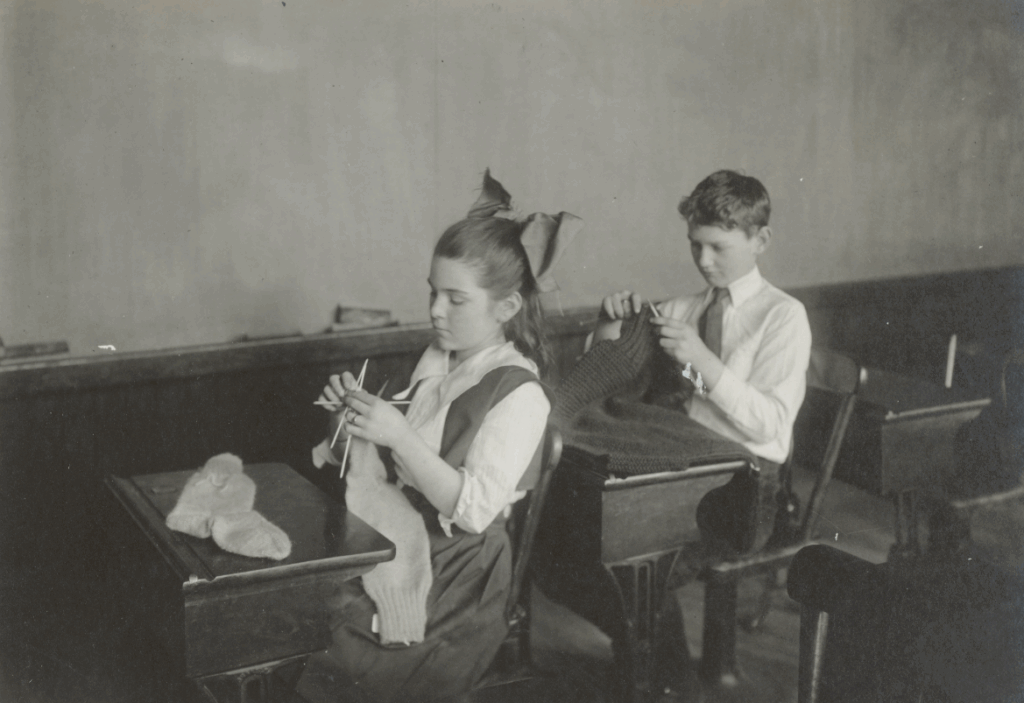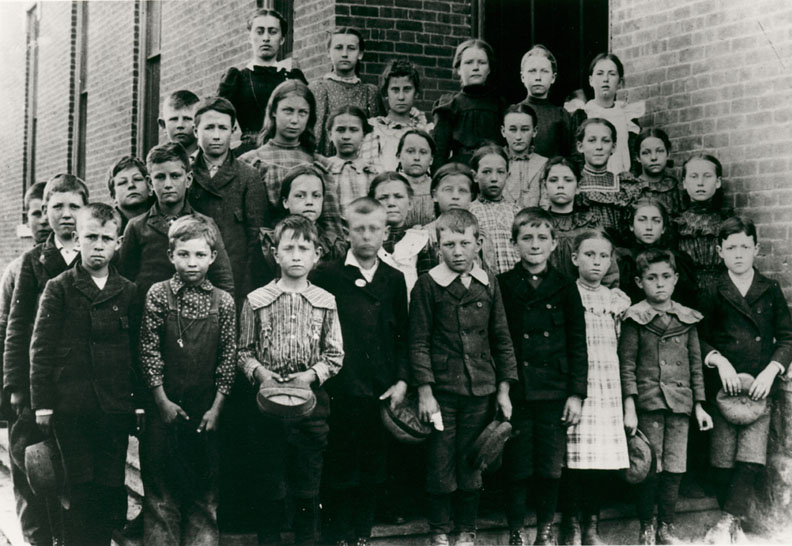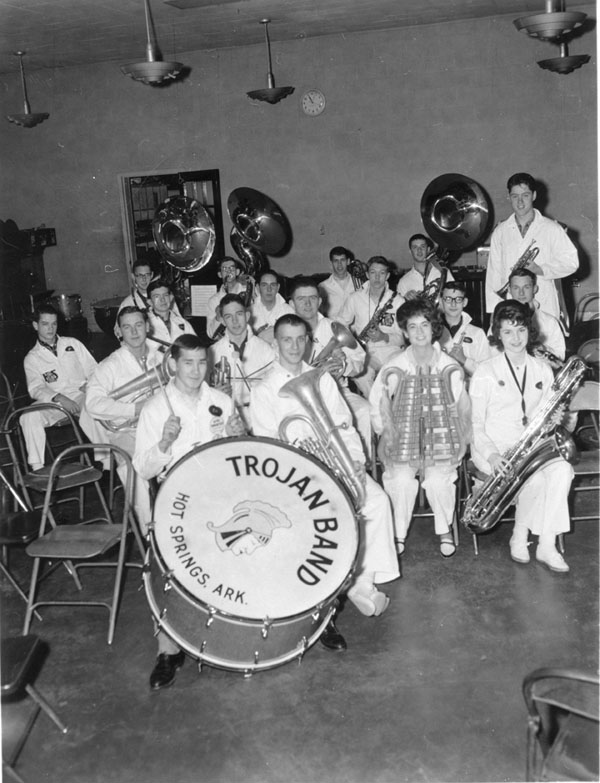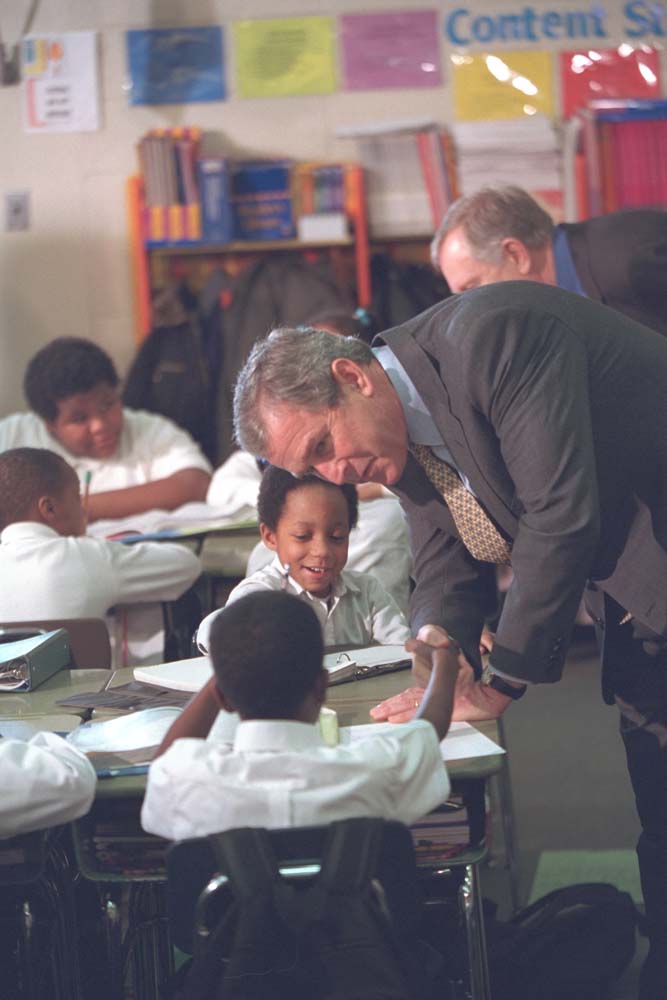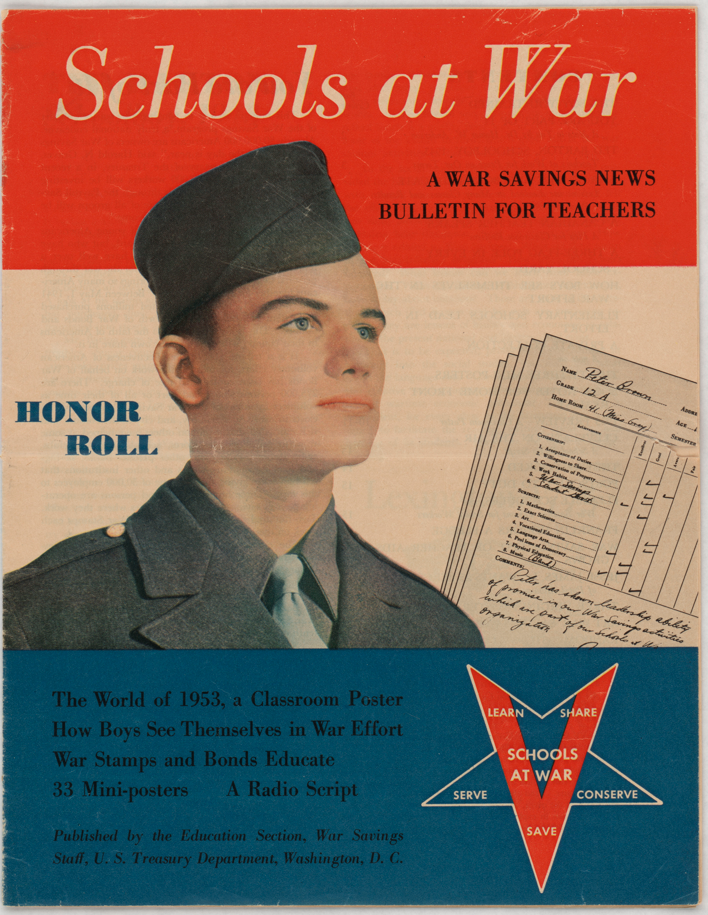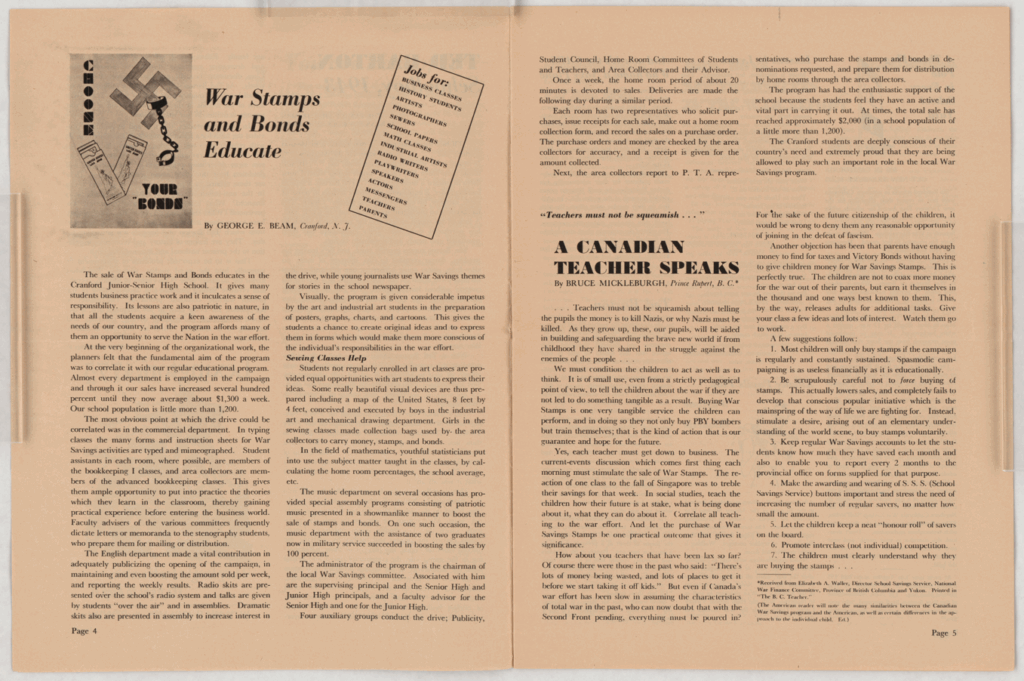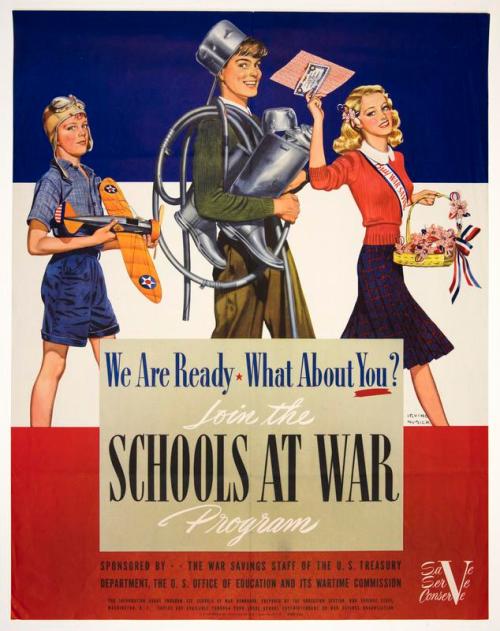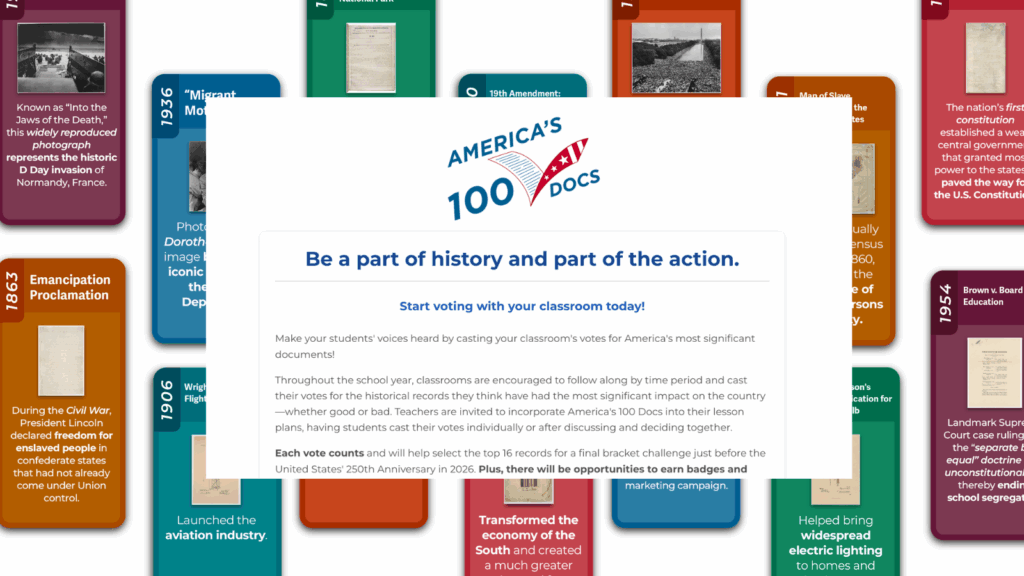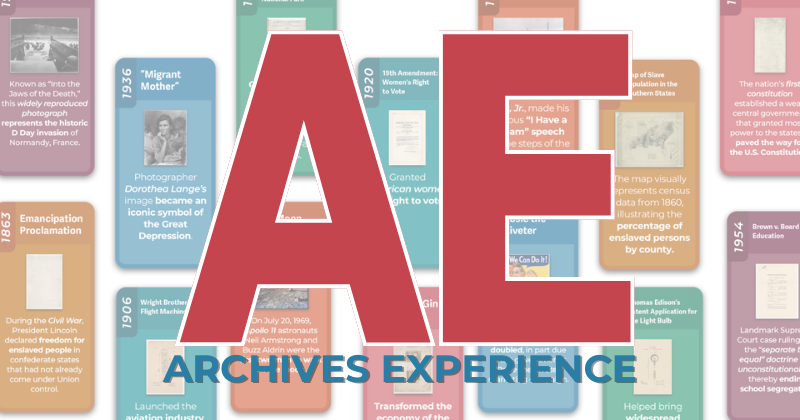Class in Session
As buses roll down the streets and classrooms fill up again this August, we’re diving into the Archives to explore records that capture the spirit and significance of school life throughout American history. From the early days of formal schooling to the pivotal moments that reshaped America’s classrooms, the National Archives holds a treasure trove of records that tell the stories of how education has evolved over the years.
From Schoolhouse Walls to the Oval Office
Our nation’s Presidents each bring a unique educational background to 1600 Pennsylvania Avenue—some learned in one-room schoolhouses or local public schools, while others attended elite prep academies. A few excelled in sports like Dwight D. Eisenhower or Gerald Ford, while others focused on music, including multi-instrumentalists Richard Nixon and Bill Clinton. Many led debate teams or student councils while juggling part-time jobs or military training. Whether earning degrees from Ivy League universities or rising through the ranks of public service without a formal college education, each President’s path to leadership reflects a different side of the American educational experience, much of which is captured in the records of the Presidential libraries.
And of course, many Presidents have carried on the tradition of visiting America’s classrooms. Did a sitting POTUS ever visit your school?
A for (War) Effort
During times of crisis, communities often look to the younger generation to help shape the future. This was certainly the case during World War II, when the U.S. Treasury Department launched the Schools at War program in 1942. The initiative rallied millions of schoolchildren to support the national war effort. Students bought war savings stamps and bonds, helped buy equipment like Jeeps, and more importantly, spread the word in their communities. By the war's end, they’d raised over $2 billion (worth about $35.7 billion today). The National Archives holds pamphlets and posters distributed to participating schools as a part of the program.
The program became one of the largest youth-led fundraising campaigns in American history, proving the power of collective action, especially involving young people.
At the “Schoolhouse Gates”
Schools have long been sites where progress unfolds, often reflecting broader societal shifts. Landmark Supreme Court cases like Brown v. Board of Education (1954) and Tinker v. Des Moines (1969) highlight how schools have played crucial roles in shaping social and political landscapes. In Brown, the court declared segregation in public schools unconstitutional, marking a pivotal moment in the Civil Rights Movement. You can learn more about the journey toward this decision in a past issue of Archives Experience.
In Tinker, the Supreme Court upheld students' rights to free speech, reinforcing that the "schoolhouse gates" are not a barrier to constitutional rights. These cases show that schools are more than just places for academic learning—they are also arenas in which students and communities fight for causes they believe in.
The National Archives Foundation is committed to helping educators bring these stories and more to life in the classroom. We have two particularly exciting tools for teachers and educators to explore this school year.
First, our DocsTeach website offers a vast array of primary sources drawn from the holdings with context, lesson plans, and interactive tools to help students explore key moments in American history. Bring the stacks to your classroom and help students unlock the rich, dynamic stories housed in the National Archives today.
Then, our new 100 Docs game invites everyone to weigh in on milestone moments of American history through photos, documents, and other records housed in the National Archives. Complete with a host of educator tools, this game encourages those important civil discussions (and maybe even some friendly competition) about our nation's past and future.
Related Content


